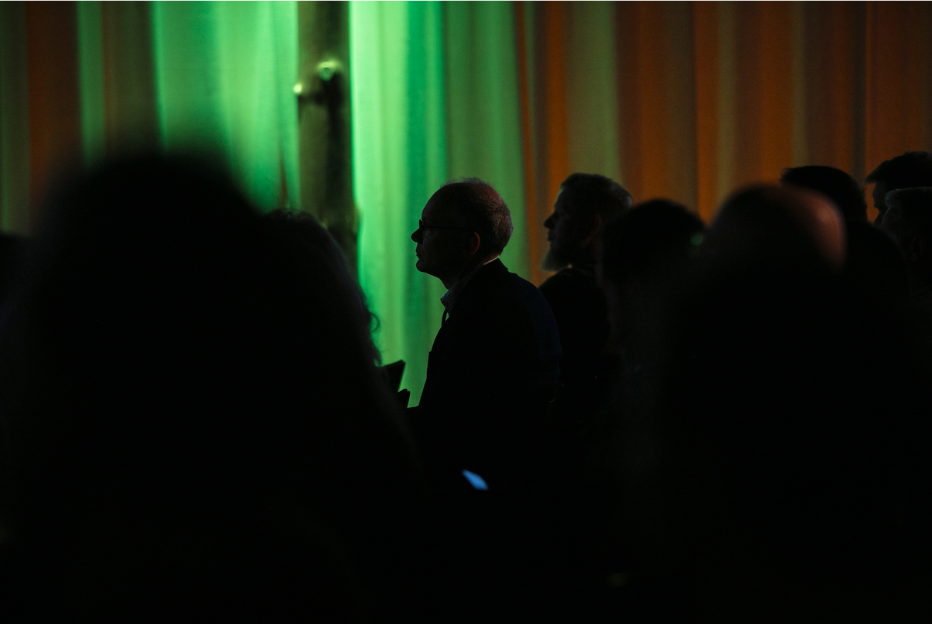Visma
How to help product owners think differently with AI

About
The goal was to create space to explore, question, and experiment. Because even in organisations that already use AI, there’s often a gap between knowing something is possible and actually building something new with it.
Approach
Coaching with depth and curiosity
Splended, a Reaktor Ecosystem company, teamed up with fellow ecosystem partners Ville Lindfors (Codemate) and Aki-Ville Pöykiö (Adventure Club) to deliver more than just technical insight. With rich backgrounds in product development, systems thinking, and the subtle craft of asking the right questions, they didn’t set out to teach AI. Their goal was something deeper: to coach people into new ways of thinking—with curiosity, empathy, and intent.
Together, they designed and delivered sessions that challenged Product Owners to:
- Shift from “feature thinking” to experimentation thinking
- Understand the real boundary between automation and AI
- Explore how AI can support, not replace, judgment and creativity
- Prototype faster, and with a clearer sense of what’s valuable
Thinking in new directions
One thing they appreciated from the Visma side was honesty. People shared openly where they were already strong and where the concepts felt either too basic or not yet grounded enough. The interactive sessions sparked meaningful conversations, also afterwards on their online channels and with our coaches, surfacing both excitement and skepticism.
That’s exactly where the best learning happens.
What resonated most:
- Practical examples that felt close to home
- Space for group reflection and discussion

Solution
From exploration to execution
As the Learning Sprint progressed, a key shift occurred: thinking moved from experimenting to deploying.
“A great prototype doesn’t guarantee a production-ready solution. Getting to production requires versioning, risk management, transparency – and most of all, clarity about the AI’s role in the product.”
They explored what this means in practice:
- Ensuring privacy, legal compliance, and observability
- Logging and analyzing AI behavior in production
- Collecting user feedback and implementing A/B testing
Making AI-Compatible Products
An insight from Session 4 challenged how many participants viewed their systems:
“Our products don’t exist in isolation. They need to be AI-compatible.”
We’re no longer just building for humans. Modern systems should be accessible to AI agents as well.
This means:
- Structuring APIs and documentation for machine consumption
- Considering AI personas in user modeling
- Preparing for interoperability with protocols like MCP (Model Context Protocol) and A2A (Agent2Agent)
In short: building for the future means designing systems that humans and AI can both work with.
Riku’s vision makes a difference
What made this collaboration work was the leadership. Riku Kuikka, from Visma, didn’t approach this as a box-ticking exercise. He saw it as capability-building: an investment in how product teams think, not just what they know. He brought the right people in, asked the right questions, and created room for the team to reflect.
Visma has set ambitious goals to record four AI experimentations per employee this year. With 600 employees, this means 2400 experimentations. Their top-level management is setting a concrete example on how they use AI.
“When an AI feature goes to production, it doesn’t just become ‘real’, it starts changing the entire ecosystem. Data flows shift, expectations evolve, and the way teams work begins to adapt around this new capability.”
It’s this kind of leadership that makes a difference. And it’s the kind of leadership we love to support.
Final thought
If you’re wondering what real, grounded AI capability development for product roles looks like — it looks like this.